The following graph represents my dataset, it is change in strain (y axis) and change in temperature (x axis)
As you can see it is a linear relationship, I am wanting to create upper and lower bound thresholds in a robust statistical manner. Below are some attempts.
These are both based on 99% confidence levels but as you can see there are data points which lie well and truly outside this range, this is concerning as this means the upper and lower bounds of this linear equation are just too small, due to the majority of the data set lying well within the curves. I am developing an alarm system which will show "fail" whenever the strain readings jump outside these linear slopes. What I am asking is if there is any other way of statistically producing upper and lower bound curves outside of normal distribution confidence levels, as my methods will sound an alarm all to often!


